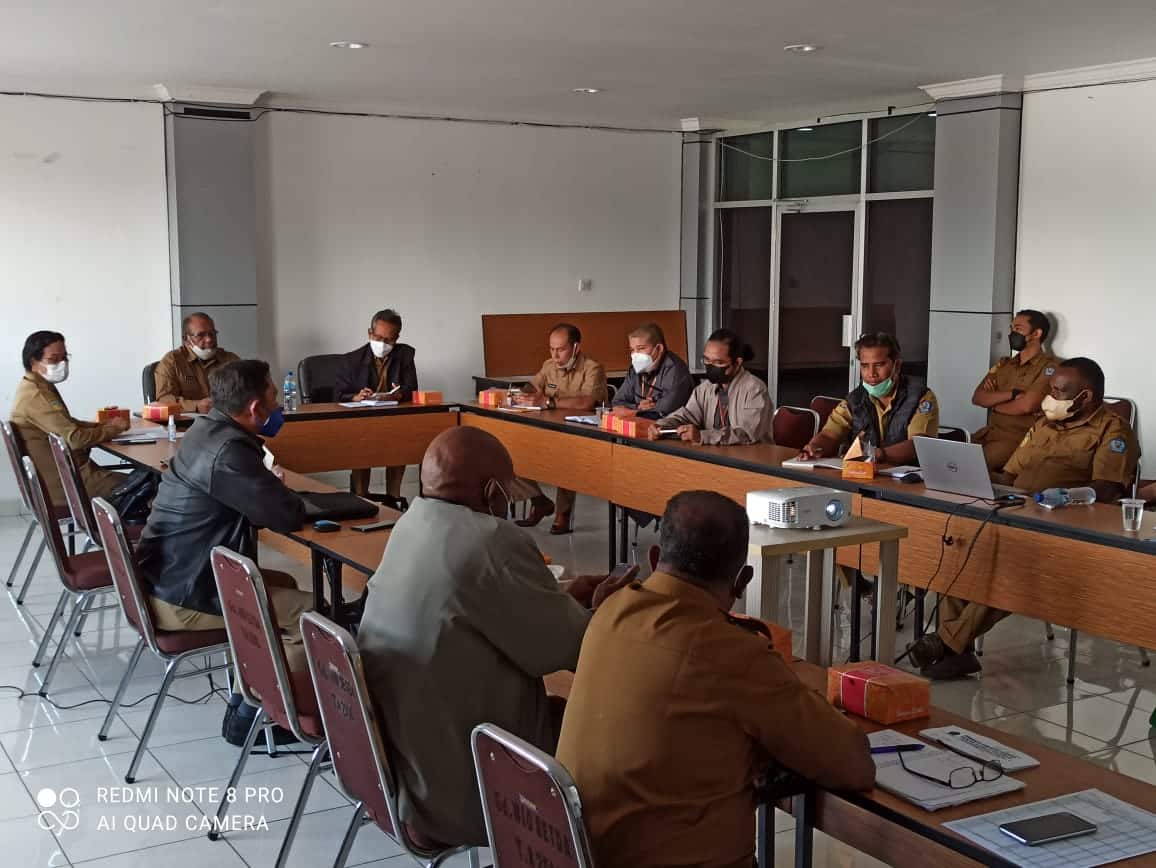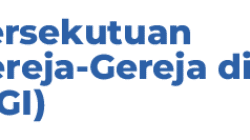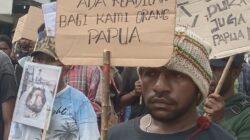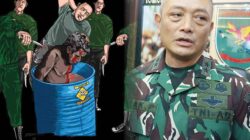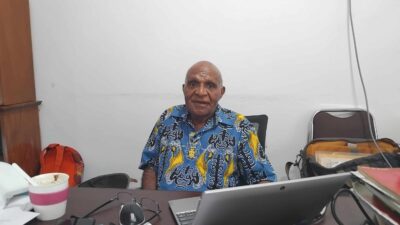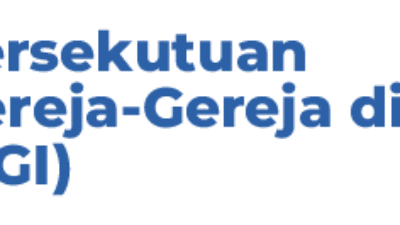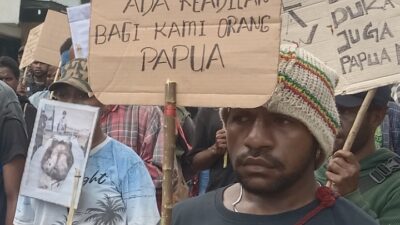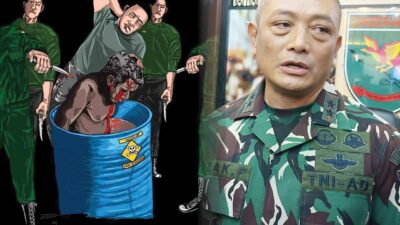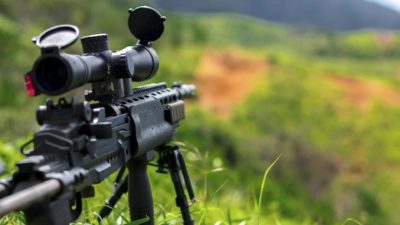Wamena, Jubi – The Jayawijaya Regency Administration will run its poverty reduction program in five districts suffering from extreme poverty according to Statistics Indonesia’s data this year.
Jayawijaya deputy regent Marthin Yogobi said that the local government working unit would match data and ensure that residents in each village who are considered extremely poor have IDs so that assistance can be given on target.
“This was highlighted by the vice president some time ago. We will do it in the next two months,” said Yogobi during a meeting with the local government working unit at the Jayawijaya Regent’s office on Monday, Oct. 25, 2021.
The five targeted districts are Wesaput, Wouma, Bolakme, Asologaima, and Usilimo. Data sampling will be done in five villages in each of the five districts. There will be 25 villages in total for data matching.
In dealing with extreme poverty, said Yogobi, the local government would provide social assistance for people in targeted districts for two months. “So far, assistance has also been available from the central government such as the Direct Cash Assistance,” he said.
The poverty rate in Jayawijaya, based on Statistics Indonesia’s data, stood at 30, which means 84 percent of the Jayawijaya population or 67,720 people fall into extreme poverty.
According to Yogobi, there are several indicators to determine an area as extremely poor, namely the availability of clean water and basic services such as education and health. “The five districts show extreme poverty due to very limited access to basic services,” he said.
In addition, people’s per capita income also affects indicators for determining extreme poverty, wherein each family member is measured how many calories from food are consumed according to the United Nations standards.
Head of the General Division of Statistics Indonesia’s Jayawijaya Office, Arther Ludwig Purmiasa said that Statistics Indonesia’s data was the result of the National Socio-Economic Survey (Susenas), which was conducted twice a year in March and September.
“For Susenas, we use an approach of census block units. We then obtain the poverty rate from the survey results from the Susenas. In addition, we look at the expenditure of the people’s basic needs,” he said. (*)
Reporter: Islami Adisubrata
Editor: Kristianto Galuwo


